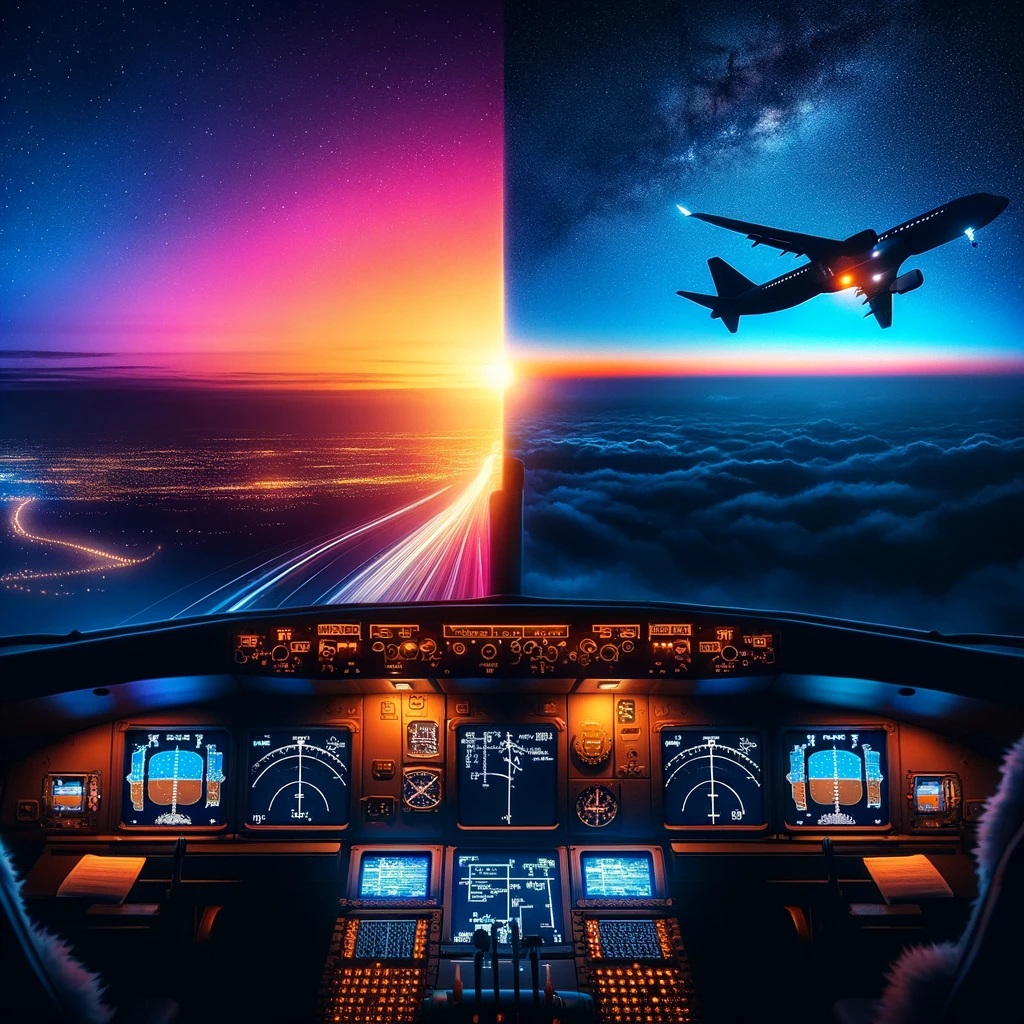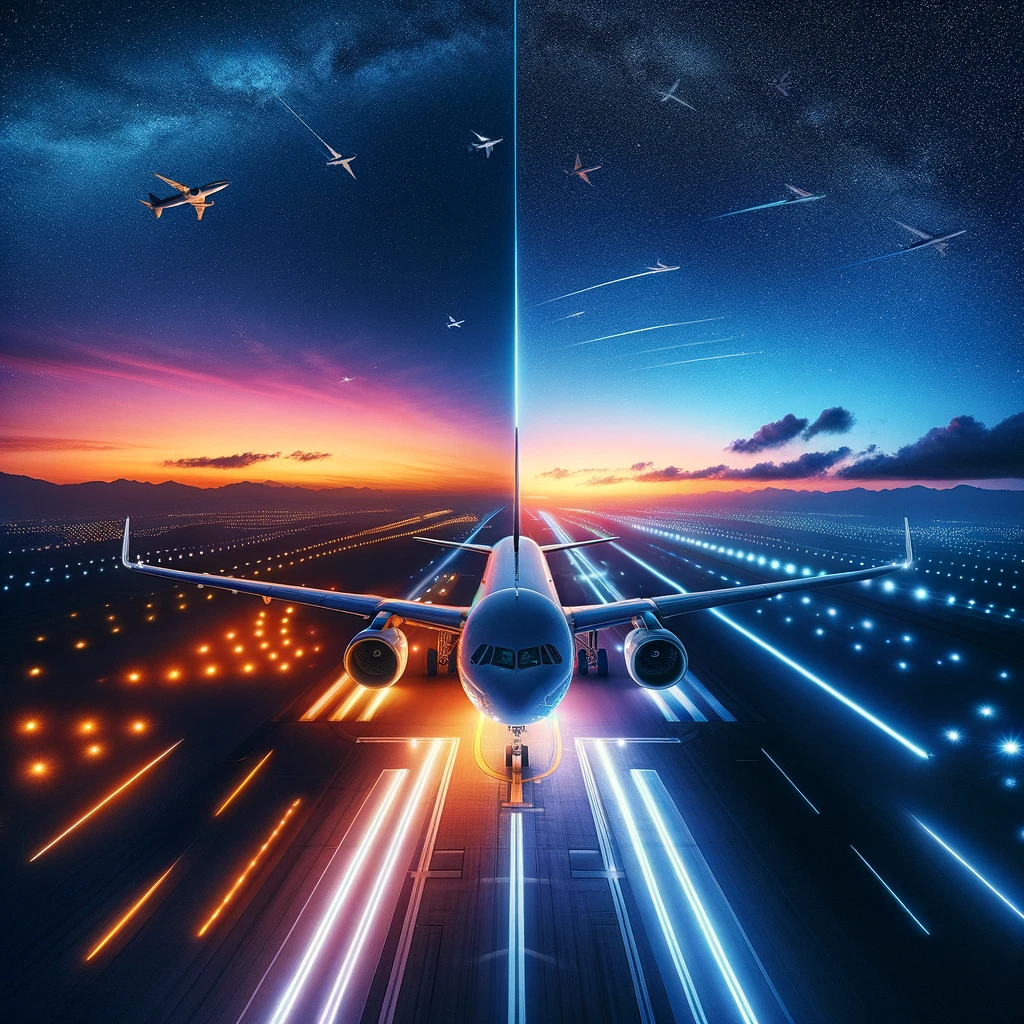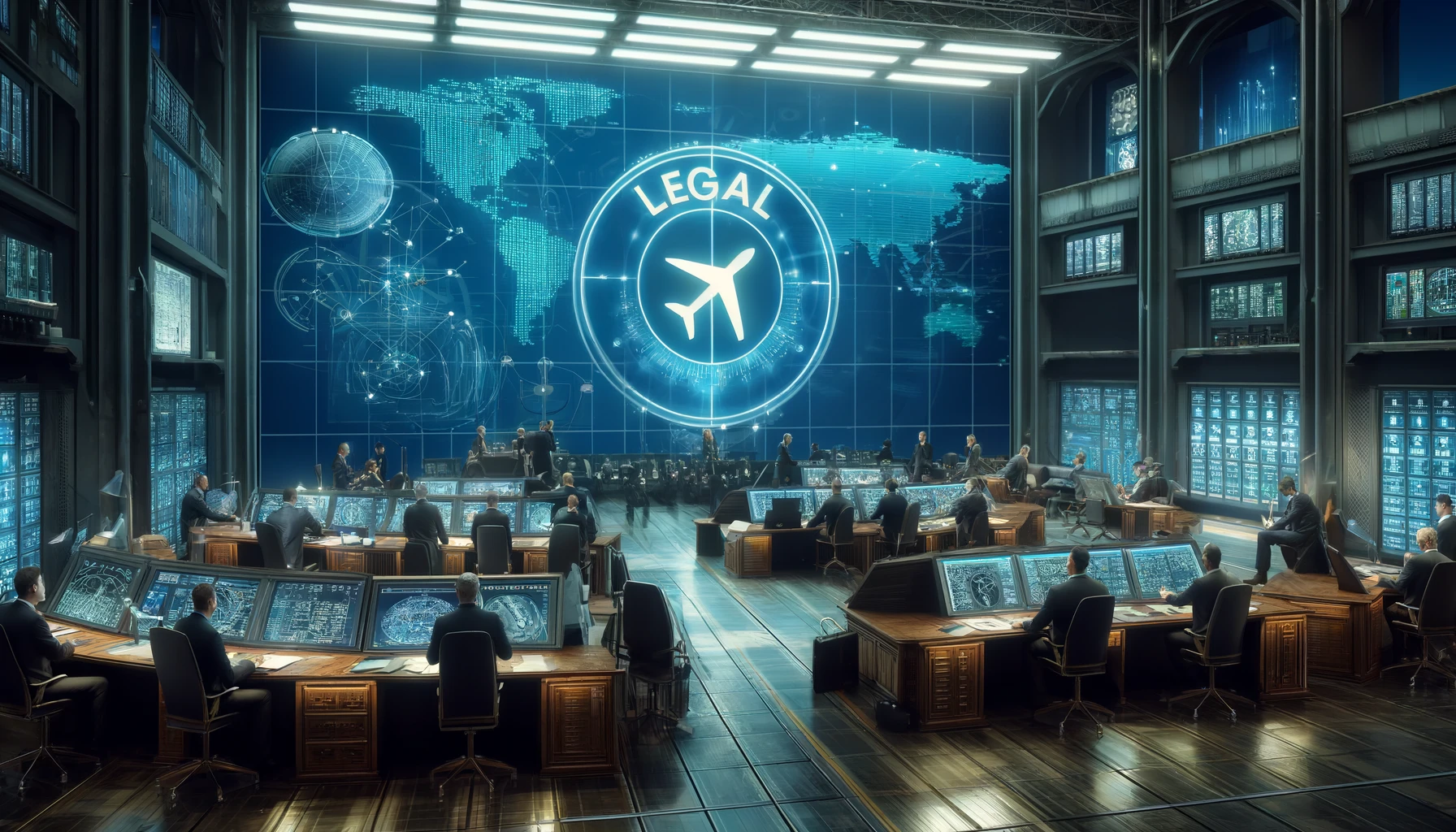In the realm of aviation, the transition from day to night is not merely a shift from light to dark but a passage across a meticulously defined boundary, steeped in regulatory significance and operational implications.

The Federal Aviation Administration (FAA) delineates “night” with precision, anchoring it not to the setting of the sun but to the nuanced phases of twilight, a period that straddles the day and night with a diffused luminescence that poses unique challenges and considerations for aviators.
The Legal Twilight: Defining Night in Aviation
The FAA’s definition of “night” is a period that extends beyond the mere absence of sunlight, situated between the end of evening civil twilight and the beginning of morning civil twilight, as recorded in the Air Almanac and adjusted to local time. This period is crucial, marking a time when the sun dips below the horizon to a specific degree, insufficient for the natural light to support standard aviation operations without supplemental artificial illumination.
Civil twilight, the precursor to night in aviation, is a term borrowed from astronomical terminology, denoting times when the sun is just below the horizon, emitting a soft glow that permits the discernment of the earth’s surface without the necessity for artificial lights. This delicate balance of light is the threshold for visual flight rules (VFR) operations, heralding the necessity for navigation lights and influencing the logging of flight hours under night conditions.

Operational Implications and Safety Considerations
Understanding the definition of night is paramount for pilots, not merely for the sake of regulatory compliance but as a fundamental component of flight safety and operational planning. The transition into night flying necessitates heightened vigilance, as pilots navigate the complexities of reduced visibility, reliance on instrument readings, and the psychological adjustments required for nocturnal operations.
The distinction between civil twilight and night directly impacts a pilot’s ability to log flight hours as night time, a critical factor for training and certification purposes. It delineates when specific equipment, such as navigation and position lights, must be activated to enhance visibility and signal the aircraft’s presence to other aviators. Furthermore, it governs the protocols for takeoffs and landings under VFR, ensuring that operations during these twilight periods adhere to safety standards that account for the unique challenges posed by diminished natural illumination.
The Global Perspective: Latitude and Seasonal Variations
The FAA’s reliance on civil twilight as the marker for night acknowledges the inherent variability in natural light conditions across different latitudes and seasons. This approach provides a standardized framework that accommodates the diverse operational environments encountered by aviators, from the extended twilights of higher latitudes to the swift transitions found closer to the equator.

This globally minded definition ensures consistency in aviation operations, allowing pilots to navigate the twilight transition with a clear understanding of the regulatory landscape, irrespective of geographical location. It underscores the importance of adaptability and precise planning in aviation, ensuring that flights crossing the twilight boundary are conducted with the utmost regard for safety and regulatory adherence.
Navigating the Twilight Transition
The definition of night in aviation is a testament to the industry’s commitment to safety, precision, and regulatory clarity. It encapsulates the complex interplay between natural phenomena and human endeavor, offering a framework that navigates the twilight transition with scientific precision and operational pragmatism.
For pilots, this definition is a beacon that guides their journey through the dimming light, ensuring that every flight that crosses into the realm of night does so with a profound understanding of the challenges and responsibilities that accompany nocturnal aviation. It is a reminder that in the vast expanse of the skies, the boundaries between day and night are not merely perceived but are defined with meticulous care, ensuring that the safety of the skies is preserved from dusk till dawn.
Source:

